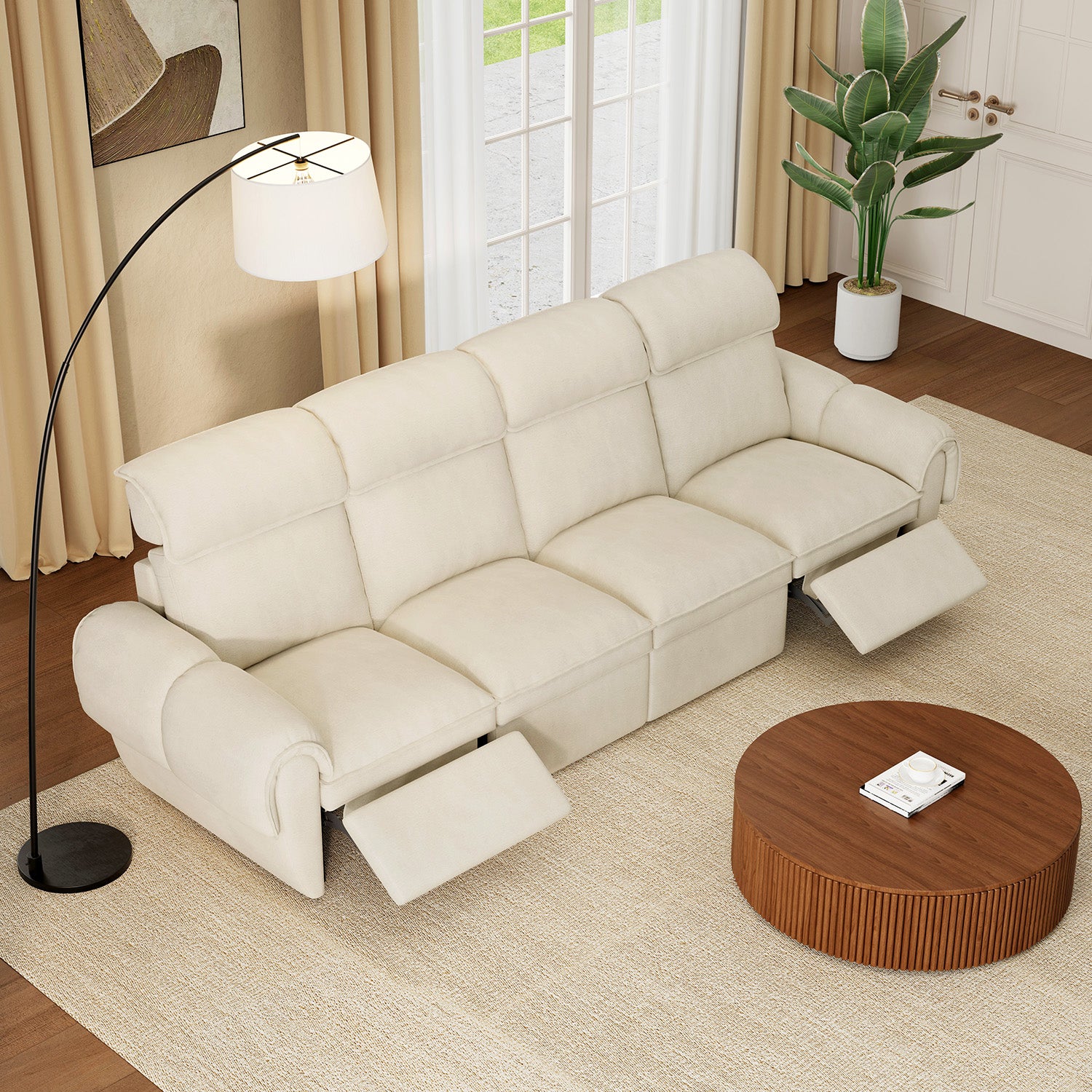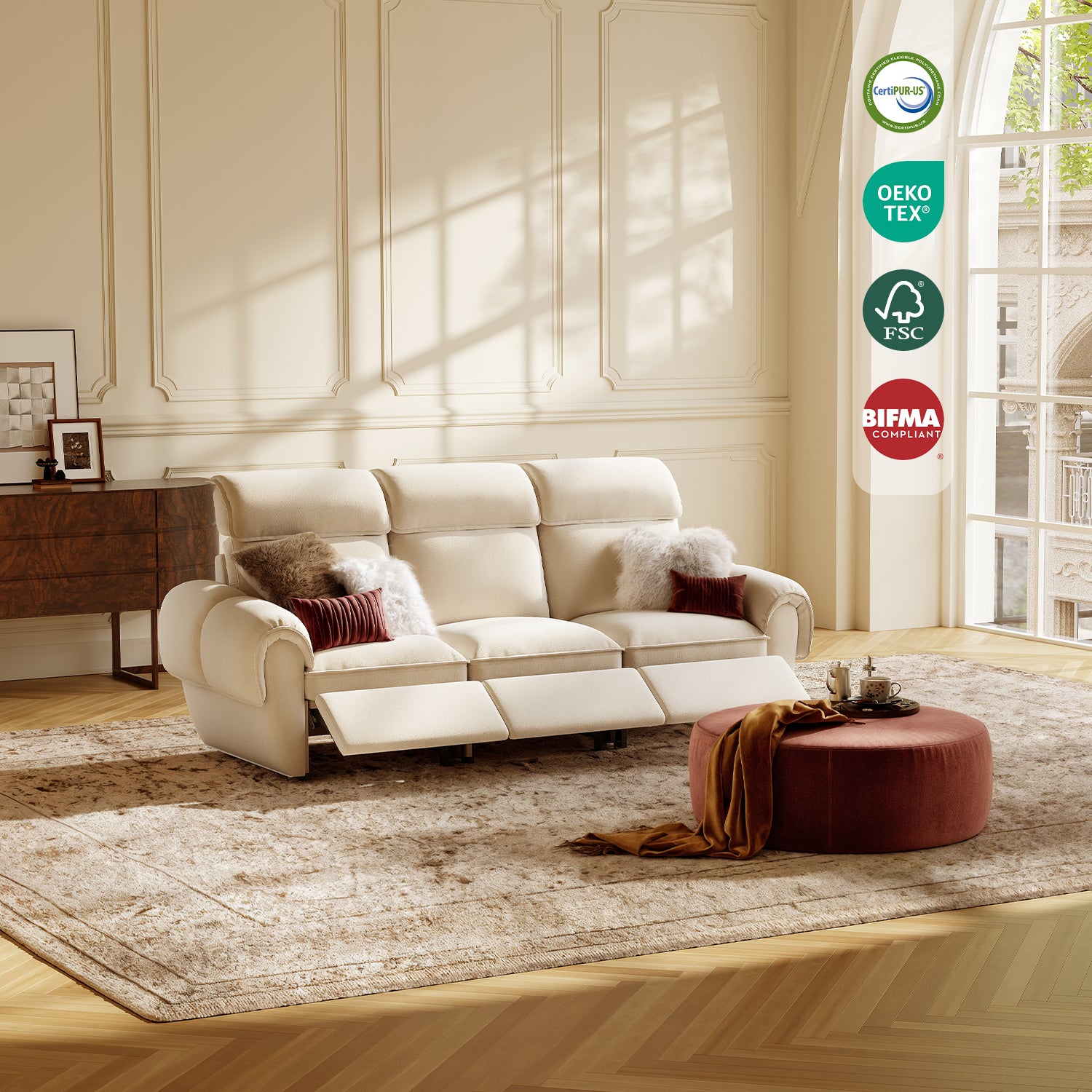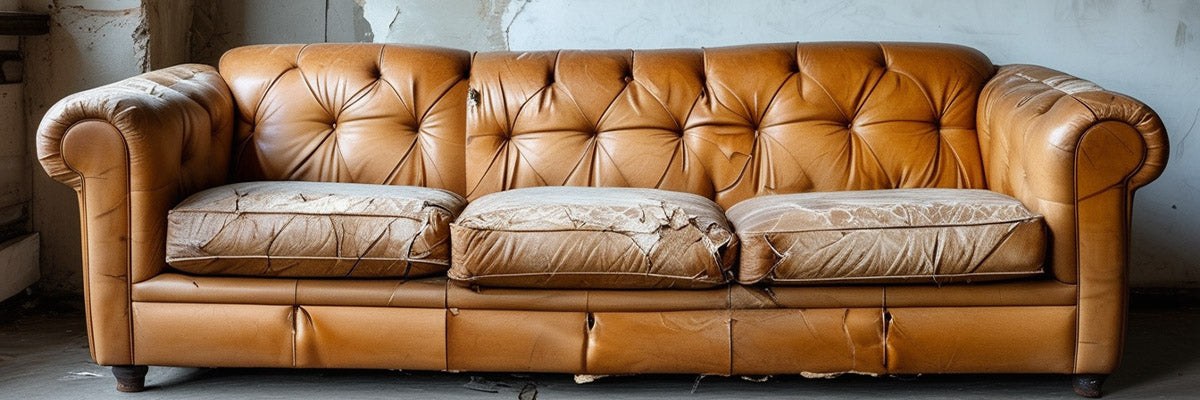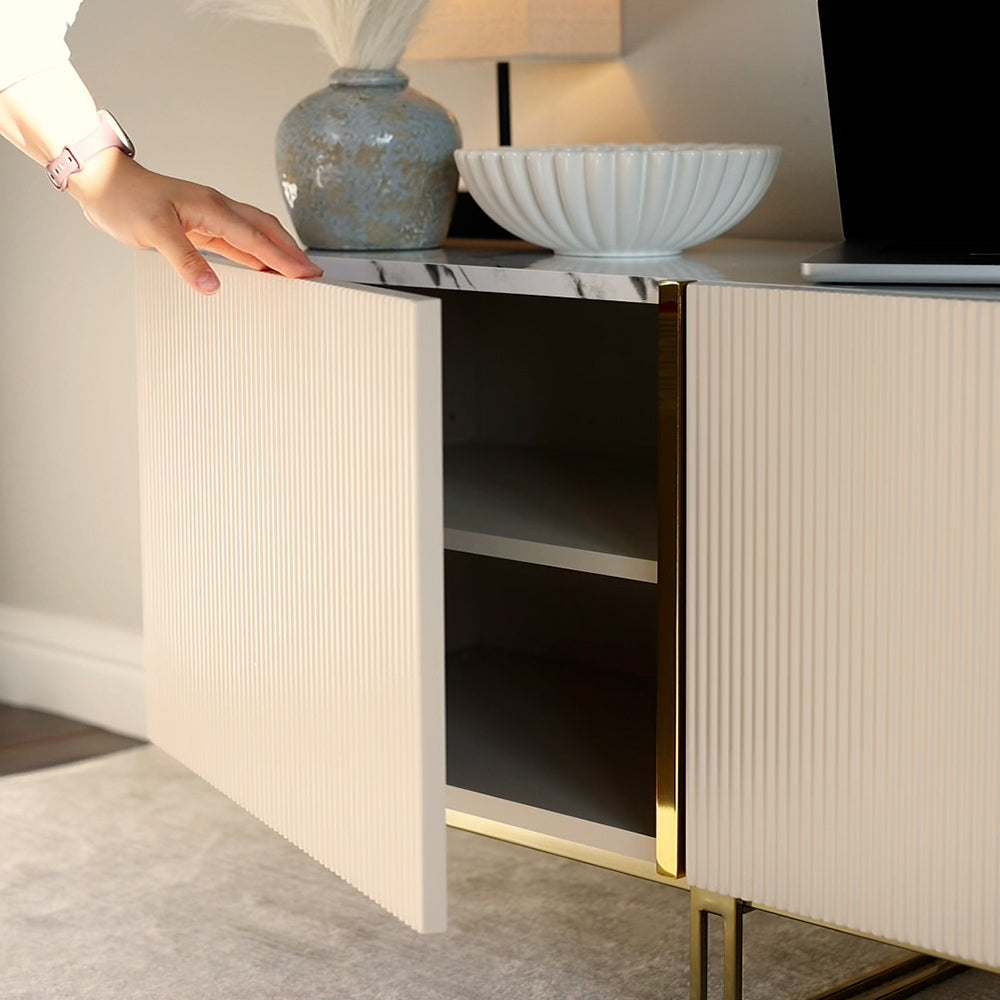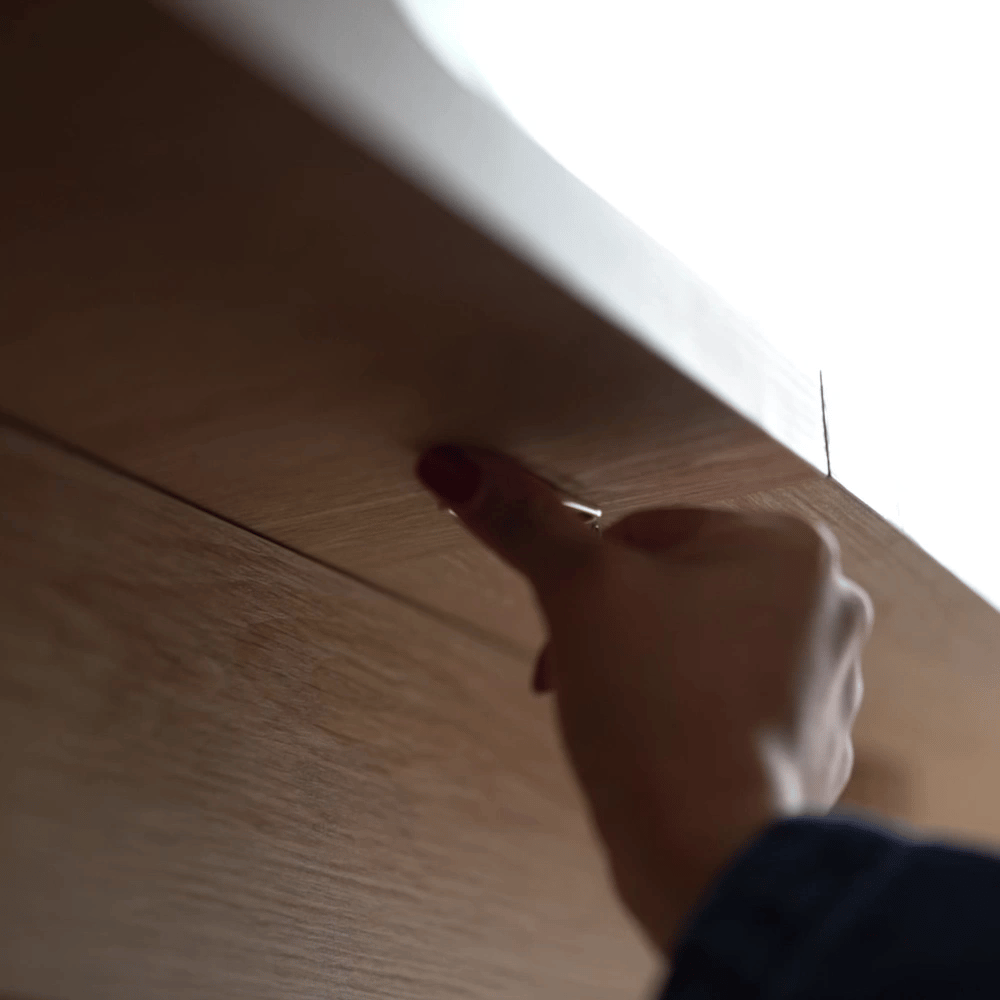Leather couches are known for their luxurious look and feel, but over time, they can develop cracks due to wear, aging, and exposure to heat or sunlight. While leather is a durable material, cracks and damage can detract from the aesthetic of your furniture. Fortunately, with the right tools and techniques, you can repair cracked leather and restore your couch to its former glory. This guide will walk you through the process of fixing cracks in a leather couch, so you can enjoy it for years to come.
Table of Content
Materials You'll Need:
- Leather repair kit (typically includes leather filler, adhesive, and colorant)
- Leather cleaner
- Soft cloths
- Fine-grit sandpaper (optional)
- Leather conditioner
- Leather dye or paint (if needed)
- Putty knife or spatula
- Small paintbrush (for applying colorant)
- A hairdryer (optional for drying filler)
Step 1: Assess the Damage
Before you start repairing the cracks, take a close look at the extent of the damage. Cracks in leather can vary in size and depth, and the approach for fixing them will depend on their severity.
- Shallow Cracks:
These are cracks that have affected only the surface layer of the leather but have not caused significant damage to the structure.
- Deep Cracks:
These are cracks that go deeper into the leather, possibly tearing the material. Deep cracks will require more intensive repair, such as filling the crack and using a leather patch.
For shallow cracks, you can typically use a leather filler to smooth over the surface. For deeper cracks, you may need to reinforce the area with a leather patch and filler.
Step 2: Clean the Leather

Before starting any repair work, it’s important to clean the leather thoroughly. Cleaning removes dirt, oils, and other debris that can interfere with the repair process.
- Use a Leather Cleaner:
Apply a small amount of leather cleaner to a soft cloth and gently wipe the cracked area, as well as the surrounding surface. Be sure to clean away any dirt and grime that may have accumulated over time.
- Dry the Leather:
Allow the leather to dry completely before proceeding. You can use a dry cloth to remove excess moisture and speed up the process.
Step 3: Prepare the Cracked Area
Once the leather is clean and dry, it’s time to prepare the cracks for repair. For cracks that are only on the surface, you’ll want to gently enlarge them slightly to help the filler adhere better.
- Enlarge the Crack (if necessary):
If the crack is very narrow, you can use a utility knife or fine-grit sandpaper to gently widen the crack. This will allow the filler to fill the crack more effectively and bond with the leather.
- Smooth the Edges:
Use the edge of a utility knife or a small sanding block to smooth out any jagged edges around the crack. This step is especially important for deeper cracks where the leather might have torn or frayed.
Step 4: Apply Leather Filler
Now that the area is clean and prepped, it’s time to apply the leather filler. Leather filler is specifically designed to repair cracks, tears, and damaged areas in leather by filling in gaps and providing a smooth surface.
- Choose the Right Filler:
Leather repair kits usually come with a leather filler that can be applied directly into cracks. Select the filler that matches your leather’s color, or opt for a neutral-colored filler that you can dye later.
- Apply the Filler:
Use a putty knife or spatula to carefully apply the filler into the crack. Press the filler into the crack to ensure it fills all gaps. Be sure to overfill the crack slightly, as the filler may shrink slightly as it dries.
- Smooth the Surface:
Once the crack is filled, use the edge of the spatula to smooth the surface and remove any excess filler. Try to make the filler level with the surrounding leather to ensure an even finish.

Step 5: Allow the Filler to Dry
After applying the filler, you’ll need to allow it to dry completely. Drying times can vary depending on the product used, but most fillers will take anywhere from 30 minutes to a few hours to dry fully.
- Speed Up Drying (Optional):
If you’re in a hurry, you can use a hairdryer on a low heat setting to help speed up the drying process. Hold the hairdryer a few inches away from the repair area to prevent overheating the leather.
Step 6: Sand the Filled Area
Once the filler has dried completely, you may need to sand it down slightly to make it smooth and flush with the rest of the leather.
- Lightly Sand the Area:
Use fine-grit sandpaper (around 220-grit) to gently sand the filled area. Sand in small circular motions and be careful not to damage the surrounding leather. The goal is to create a smooth, even surface that blends seamlessly with the rest of the couch.
- Wipe Away Dust:
After sanding, use a clean, dry cloth to wipe away any dust or debris from the repair area.
Step 7: Apply Leather Dye or Paint
After the filler is smooth and dry, it’s time to restore the color to the repaired area. Leather dye or paint is used to match the color of the repaired section to the surrounding leather.
- Choose the Right Color:
Leather repair kits often come with colorants that are designed to match common leather shades. If the kit doesn’t include a perfect match, you can mix the colors to get the closest match to your couch.
- Apply the Dye:
Use a small paintbrush or sponge to carefully apply the leather dye to the filled crack. Work in thin layers to gradually build up the color. Be sure to blend the edges of the repair into the surrounding leather to make the repair less noticeable.
- Allow the Dye to Dry:
Let the dye dry completely between coats. You may need to apply several coats to achieve the desired color match.
Step 8: Condition the Leather
Once the color is dry, it’s essential to condition the leather to restore its softness and prevent it from becoming brittle over time.
- Apply Leather Conditioner:
After the repair is fully dried and set, apply a small amount of leather conditioner to the entire couch, including the repaired area. This will keep the leather supple and prevent future cracking.
- Buff the Surface:
Use a clean, soft cloth to buff the leather and restore its natural shine.
Step 9: Allow the Repair to Cure
The final step is to allow the repair to fully cure before using the couch. This may take 24-48 hours, depending on the products used. Avoid putting pressure on the repaired area during this time to ensure a strong and lasting bond.
Conclusion
Repairing cracks in a leather couch may seem daunting at first, but with the right tools and techniques, you can restore your furniture to its original condition. By cleaning, filling, dyeing, and conditioning the leather, you can make cracks nearly disappear, extending the life of your couch and keeping it looking beautiful. Whether you're dealing with minor surface cracks or deeper, more significant damage, these steps will help you restore your leather furniture and keep it comfortable for years to come.



